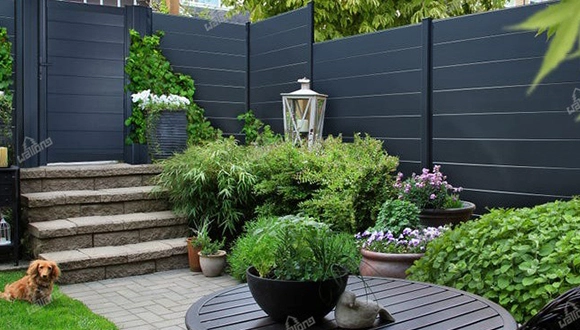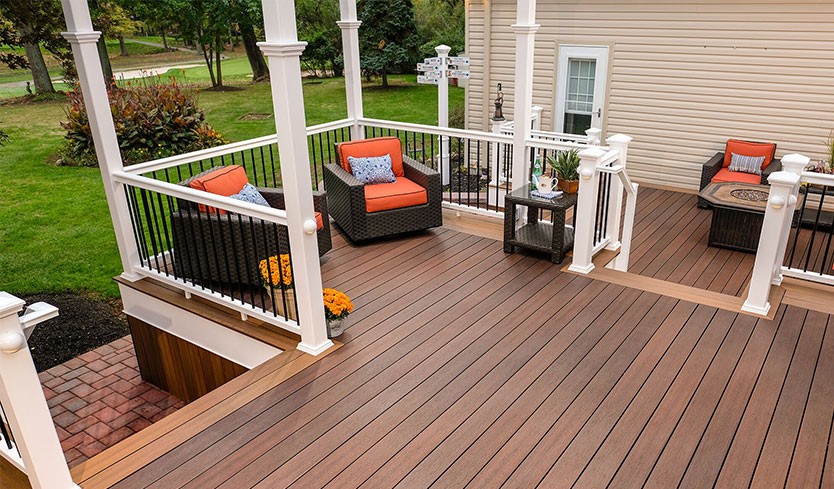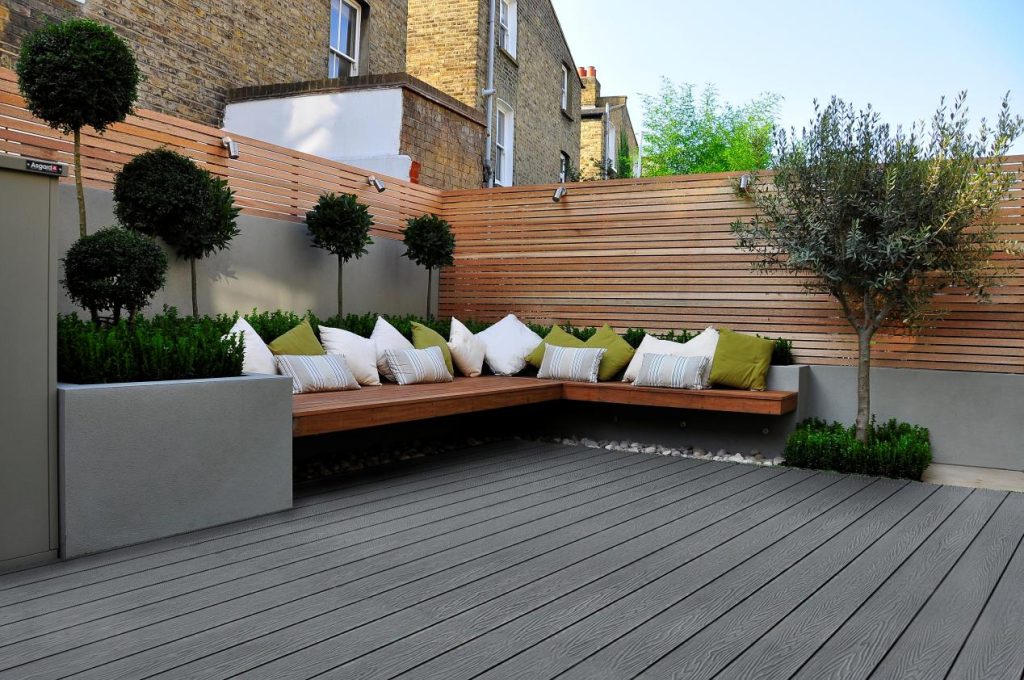When it comes to enhancing the aesthetic appeal and functionality of your garden or backyard, choosing the right fencing and gates is essential. Composite garden gates and fencing have emerged as a popular solution for homeowners seeking durability, low maintenance, and an attractive finish. Unlike traditional wood or metal, composite materials combine the natural look of wood with the resilience of plastics, offering the best of both worlds. This guide explores the different types of composite garden gates and fencing, their benefits, and how to choose the ideal option for your outdoor space.
Table of Contents
Get to Know More About Garden Gates
Composite garden fencing is made from a combination of wood fibers and recycled plastics. This blend creates a material that is resistant to rot, decay, insects, and harsh weather conditions. Unlike timber fences, composite fencing does not require regular painting or staining, making it a low-maintenance alternative that can last for decades.
The aesthetic appeal of composite fencing is another significant advantage. With a wide range of colors, finishes, and textures, homeowners can achieve a natural wood look or a modern, sleek design depending on their style preference.
Key Features of Composite Garden Fencing
Durability: Resistant to moisture, UV rays, and insects.
Low Maintenance: No need for painting, staining, or sealing.
Variety of Styles: Available in wood grain, smooth finishes, and multiple colors.
Eco-Friendly: Often made from recycled plastics and sustainably sourced wood fibers.
Safety: Composite materials are splinter-free and child-friendly.
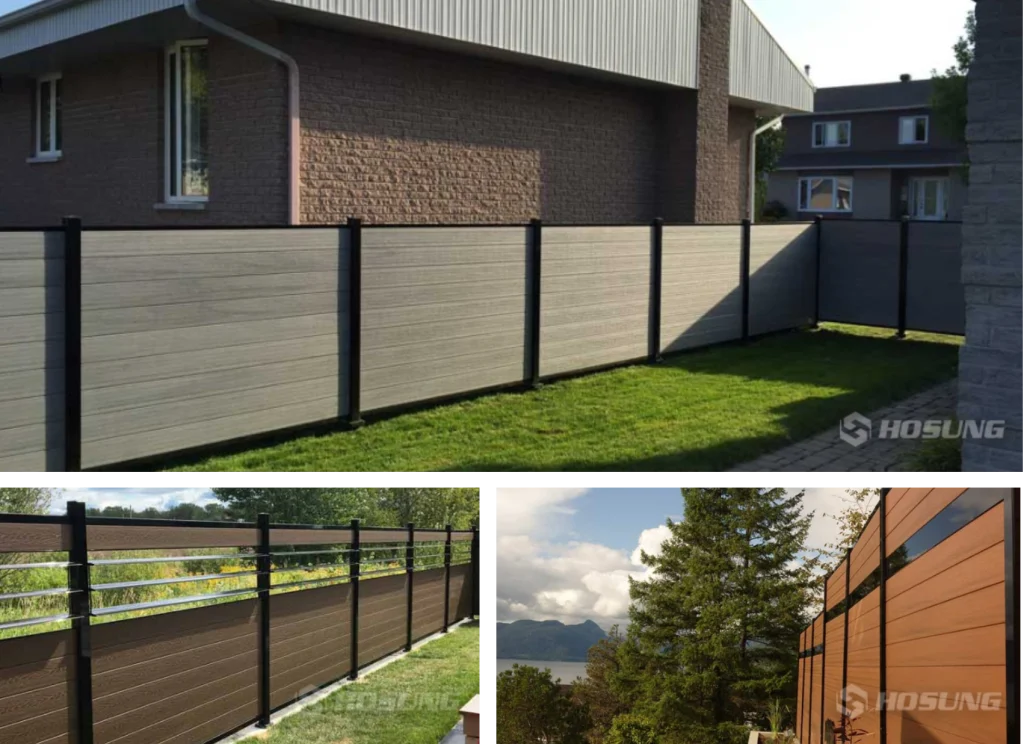
Types of Composite Garden Fencing
Composite fencing comes in several designs, each catering to different needs and aesthetic preferences, offering homeowners both style and long-lasting durability in their outdoor spaces. Below are the most common types:
1. Panel Fencing
Panel fencing is the most common type of composite fence. It consists of pre-fabricated panels that are easy to install and provide immediate privacy, making it a convenient solution for quick garden upgrades.
Features:
Rectangular or square panels that are sturdy, designed to withstand harsh weather conditions while maintaining their shape and appearance over time.
Smooth or wood-grain finishes that mimic the natural texture of timber, offering an elegant and realistic look suitable for any garden.
Often 1.8 meters in height, providing full privacy for homeowners who want to create a secure and secluded outdoor area.
Benefits:
Quick installation that saves time and effort compared to traditional timber fencing, allowing homeowners to enjoy their garden immediately.
Uniform appearance that gives a neat, polished, and consistent look to any property boundary, enhancing overall aesthetic appeal.
Suitable for both modern and traditional gardens, complementing various architectural styles and landscape designs effortlessly.
2. Picket Fencing
Picket-style composite fencing mimics the classic look of wooden picket fences but with superior durability, combining the charm of traditional design with modern low-maintenance benefits.
Features:
Vertical boards with gaps between them, allowing light and air to pass through while still defining the garden boundary clearly and attractively.
Traditional or contemporary designs available to match different garden styles, whether creating a timeless or a more modern, stylish look.
Benefits:
Adds charm and character to gardens, instantly enhancing curb appeal and giving a welcoming, decorative touch to outdoor spaces.
Provides moderate visibility and airflow, creating a balance between privacy and openness for comfortable outdoor living.
Rot-resistant and low-maintenance compared to timber, ensuring longevity without the need for frequent painting, staining, or repairs.
3. Horizontal Slat Fencing
Horizontal composite fencing is a modern alternative to traditional vertical panels. It features long horizontal slats with a sleek, contemporary finish, ideal for homeowners seeking a minimalist look.
Features:
Clean horizontal lines that create a smooth, uninterrupted visual flow, enhancing modern landscaping aesthetics and giving the garden a stylish edge.
Available in various widths and colors to suit individual preferences, allowing customization to perfectly complement the surrounding environment and architecture.
Benefits:
Enhances modern landscaping, adding a sophisticated and elegant design element that works well with contemporary outdoor furniture and decor.
Provides a semi-private barrier that protects against prying eyes while still maintaining a sense of openness for outdoor gatherings and activities.
Visually elongates small garden spaces, making compact yards appear larger and more spacious by drawing the eye along horizontal lines.
4. Screen or Louvered Fencing
Screen-style or louvered composite fencing allows airflow while maintaining privacy. It’s perfect for areas with strong winds or where ventilation is important for comfort and plant health.
Features:
Adjustable slats or fixed louvers that can be customized to control the amount of light, breeze, and visibility according to the homeowner’s needs.
Can be angled for privacy, offering flexible solutions to maintain discretion while still allowing airflow and light to penetrate the garden area.
Benefits:
Allows breeze without sacrificing security, helping to keep outdoor spaces ventilated and comfortable while maintaining a safe boundary.
Reduces wind pressure on the fence structure, preventing damage and extending the lifespan of the fence in areas prone to strong gusts.
Creates a contemporary, stylish appearance, giving the garden a modern edge and complementing architectural features of the home seamlessly.
5. Decorative Fencing
Decorative composite fencing focuses on aesthetics rather than full privacy. These fences often include patterns, cutouts, or intricate designs, serving as both functional and ornamental elements.
Features:
Customizable panels that allow homeowners to choose from a range of designs, colors, and textures to match their personal style and landscape theme.
Patterns such as lattice, geometric designs, or floral motifs that add artistic appeal, turning ordinary garden boundaries into eye-catching focal points.
Benefits:
Adds artistic flair to gardens, providing a visually appealing feature that enhances the beauty of outdoor spaces and complements flowers and plants.
Can be used to frame specific areas like flower beds or patios, highlighting sections of the garden while creating distinct zones for decoration or functionality.
Durable and weather-resistant compared to timber decorative panels, offering longevity without frequent maintenance, even in harsh weather conditions.
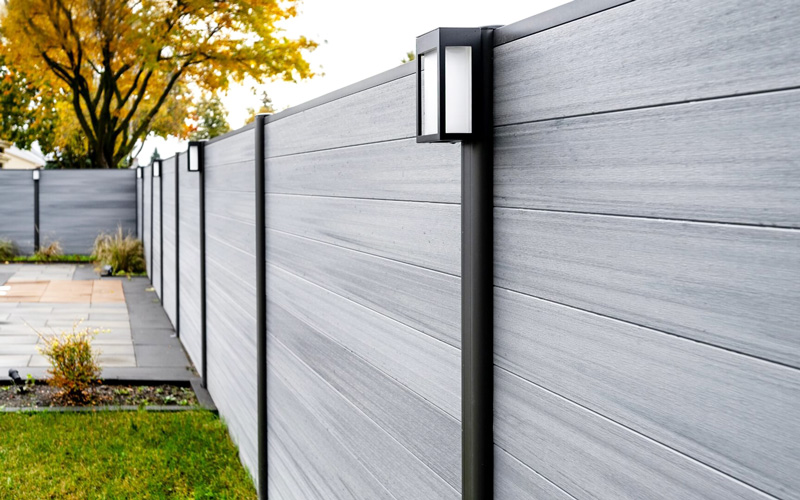
Types of Composite Garden Gates
Gates complement fencing and provide entry points while maintaining the security and aesthetic appeal of your garden. Composite gates come in several styles to match your fencing.
1. Swing Gates
Swing gates are the traditional choice for garden entrances. They can swing inwards or outwards and are compatible with most composite fences.
Features:
Single or double leaf designs
Hinged to posts
Can be customized in height and width
Benefits:
Classic and functional design
Easy to operate
Works well with various fence types
2. Sliding Gates
Sliding gates are ideal for gardens with limited space or steep driveways. These gates slide along a track and do not require extra swing space.
Features:
Tracks installed at the top or bottom
Can be automated for convenience
Benefits:
Space-saving
Smooth operation with minimal maintenance
Modern aesthetic
3. Arched or Decorative Gates
For a more elegant entrance, arched or decorative composite gates are a stylish choice. They often incorporate curves, lattice, or ornamental patterns.
Features:
Arched tops
Decorative cutouts or patterns
Benefits:
Creates a grand entrance
Blends with decorative fencing
Durable and weather-resistant
4. Side Hinged vs. Top Hung Gates
Composite gates can be mounted in different ways depending on the structure:
Side Hinged: Traditional hinged gates attached to one side of the post.
Top Hung: Gates suspended from the top for smoother operation in certain terrains.
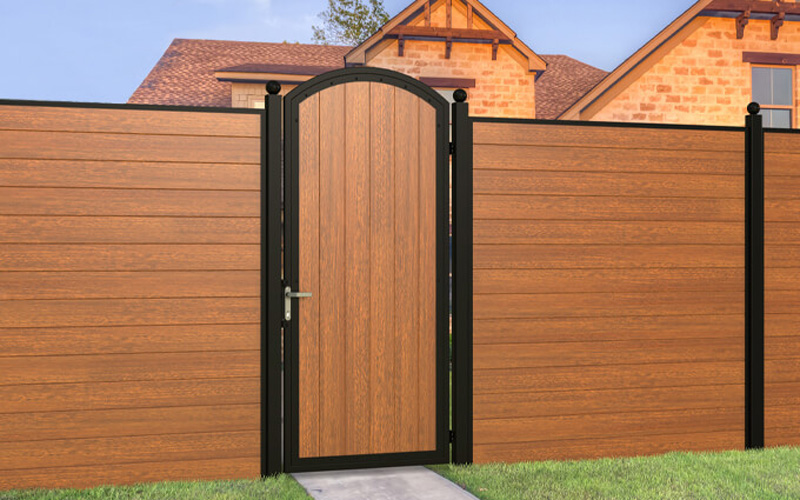
Advantages of Choosing Composite Garden Gates and Fencing
Longevity: Composite fences and gates can last up to 25–30 years with minimal maintenance, outperforming traditional timber.
Weather Resistance: They resist rain, UV rays, and extreme temperatures.
Pest-Proof: Unlike timber, composites are resistant to termites and other pests.
Maintenance-Free: No need for painting, sealing, or staining.
Eco-Friendly: Many composite products use recycled wood and plastic, reducing environmental impact.
Customizable: Various colors, finishes, and designs are available to match your garden style.
Tips for Choosing the Right Composite Fence and Gate
1. Assess Your Garden Layout
Consider the shape, size, and purpose of your garden. Tall panels provide privacy, while decorative fencing may suit front yards or patios.
2. Determine Your Privacy Needs
Decide whether you want full privacy, semi-privacy, or just a decorative boundary. Panel fencing provides maximum privacy, while picket and horizontal slats offer partial visibility.
3. Choose a Matching Gate
Select a gate style that complements your fencing design. Swing gates work with most fence types, while sliding gates are ideal for tight spaces.
4. Consider Durability and Maintenance
While composite materials are low-maintenance, choose products with UV protection and warranties for added assurance.
5. Color and Finish
Composite fencing comes in a variety of colors and textures. Decide between a natural wood look or a modern, smooth finish to match your home and landscape.
6. Check for Eco-Friendly Options
Opt for products made from recycled or sustainable materials to minimize environmental impact.
Installation Considerations
Proper installation is crucial for maximizing the life and performance of composite garden gates and fencing.
Posts and Foundations: Use concrete footings to secure fence posts firmly.
Spacing: Maintain proper spacing between panels to allow for expansion due to temperature changes.
Gate Alignment: Ensure gates are level and hung correctly to prevent sagging.
Professional Installation: While DIY installation is possible, professional help ensures durability and aesthetic alignment.
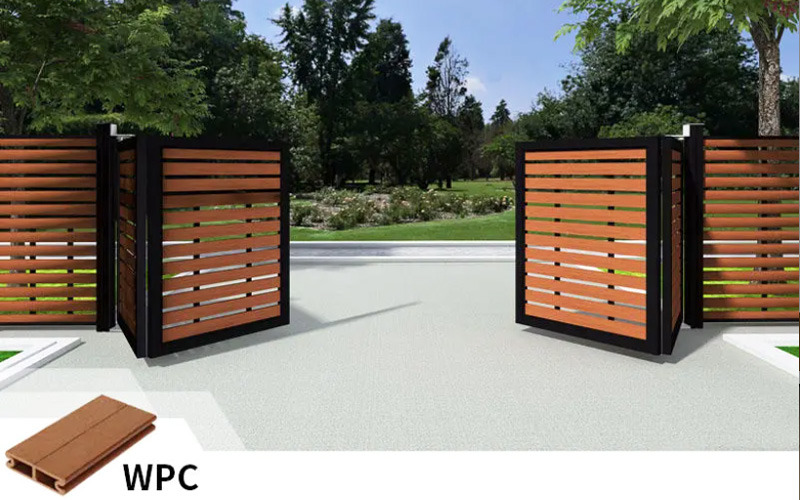
Conclusion
Composite garden gates and fencing provide an excellent combination of aesthetics, durability, and low maintenance. With a wide variety of types—including panel fencing, picket fencing, horizontal slats, and decorative designs—you can create a garden boundary that meets your privacy, security, and style requirements. Complementing your fencing with suitable composite gates, whether swing, sliding, or decorative, enhances both functionality and visual appeal.
Investing in composite fencing and gates not only improves your garden’s look but also ensures a long-lasting solution that requires minimal effort. With the right choice of design, material, and installation, your garden can remain secure, stylish, and maintenance-free for decades.
Contact Hosung WPC for more about these composite fencing and gates for garden!

